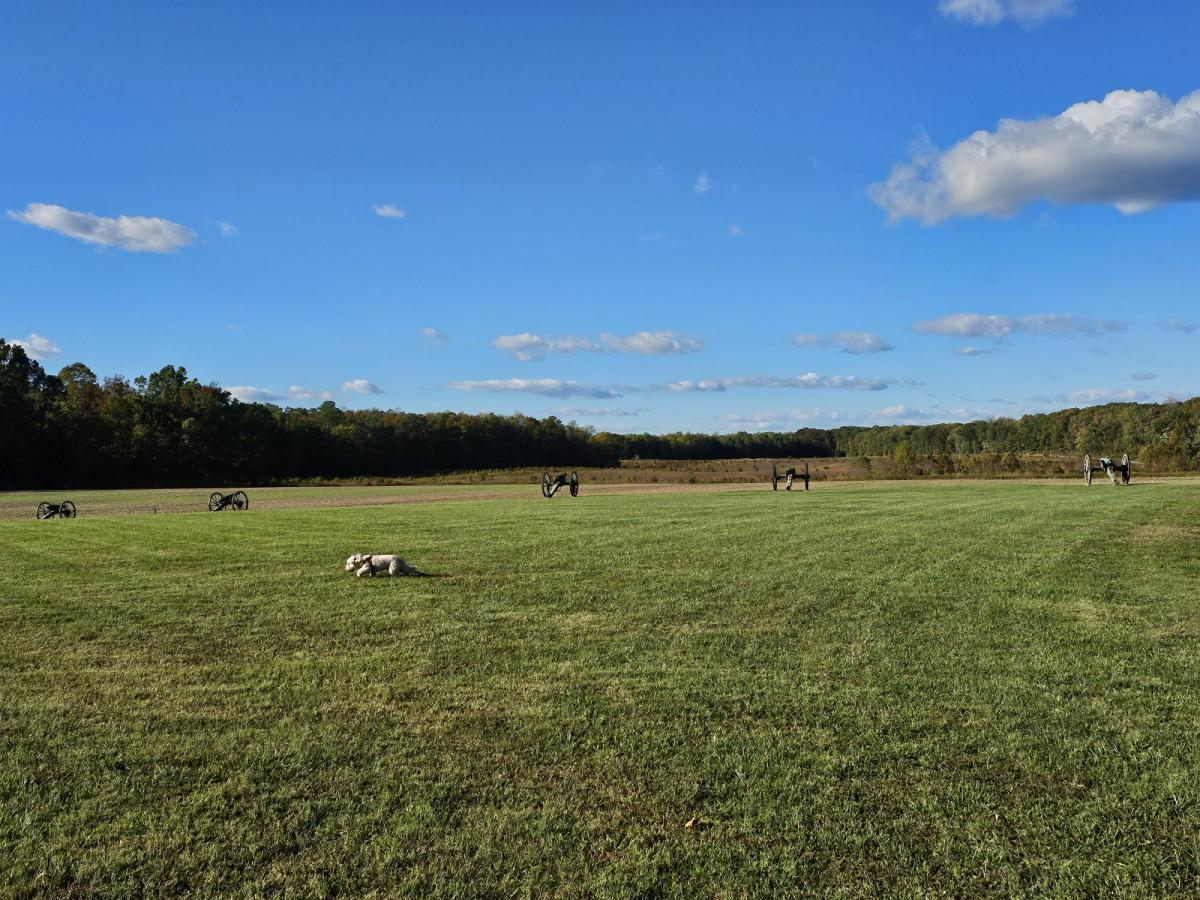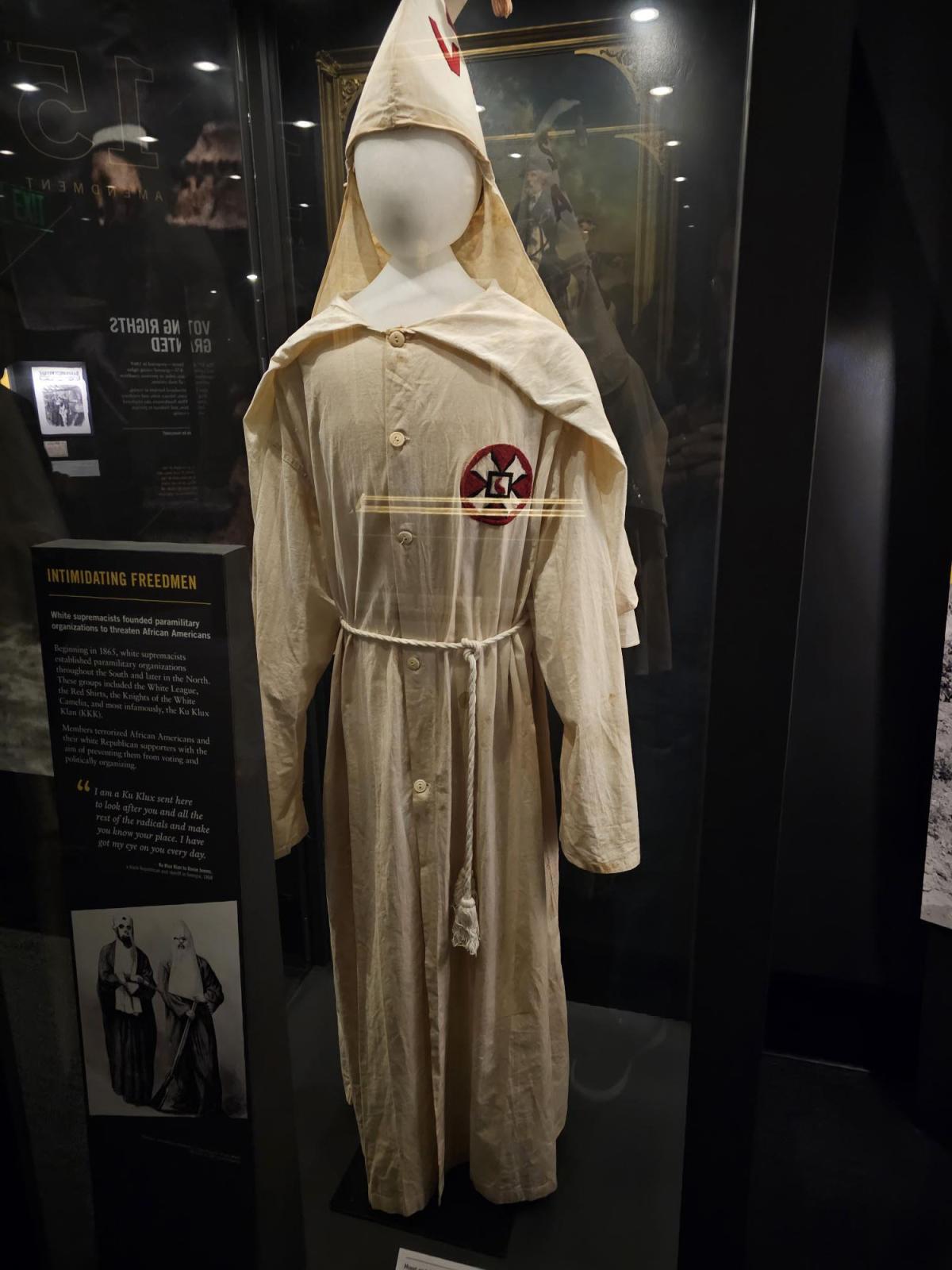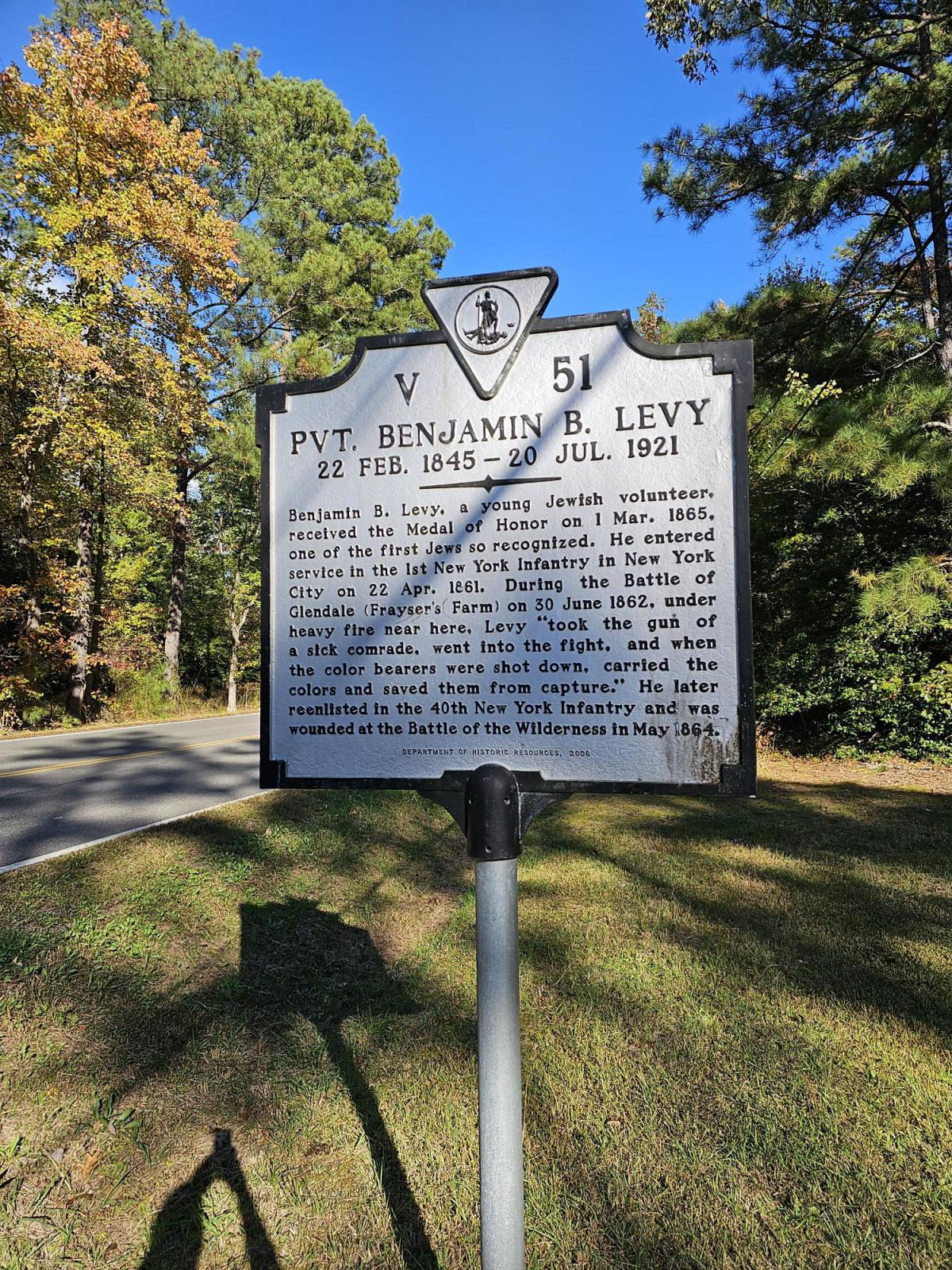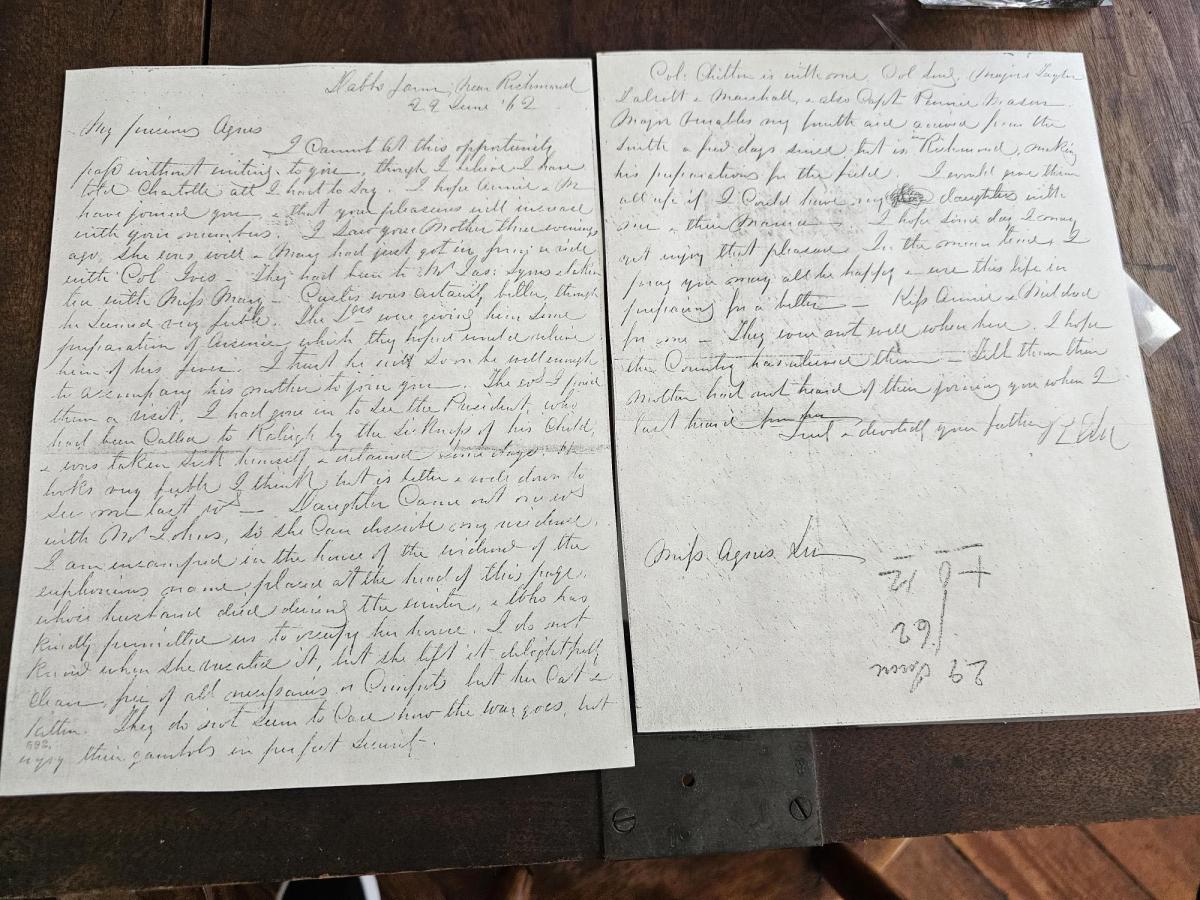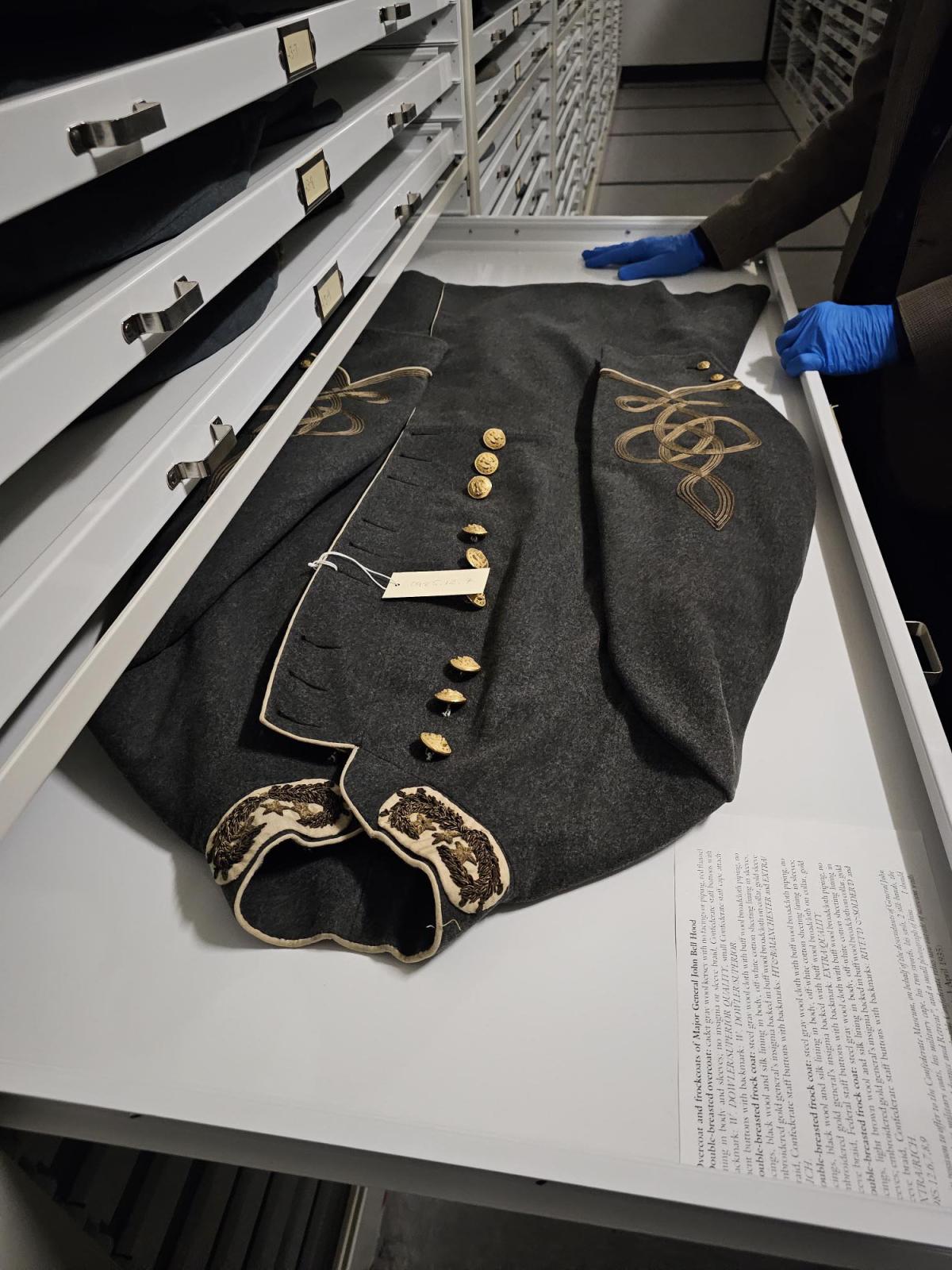My daughter Tory, her husband Dan and I spent the weekend in and around Richmond, VA to study the Seven Days Battles in 1862 and Cold Harbor in 1864. We were guided by Rod Gainer, who runs the educational programming for Arlington National Cemetery in Washington, D.C. And we had a special tour of the American Civil War Museum with director Rob Haver.
Here are a few observations:
- Lincoln’s Balancing Act - His original purpose in fighting the war was preservation of the Union. Only after the first Union victory in the East at Antietam did he explicitly declare ending slavery as the objective, through the Emancipation Proclamation. Several of his top generals including General in Chief George B. McClellan were Peace Democrats, preferring strategic moves to bloody battles. Meanwhile Radical Republicans in the Congress were pushing for their favorites as commanders of army units.
- Trench Warfare Began in the Civil War - Cold Harbor was the first extensive use of defensive trenches. This stratagem was further utilized in the Petersburg battle near the end of the war, where a stalemate persisted for nearly six months as the Confederate capital of Richmond slowly starved.
- Medical Issues Caused Three Times as Many Fatalities as Battle - Soldiers died of typhus, dysentery, pneumonia and malaria. These epidemics were particularly deadly for soldiers from rural areas without prior exposure to the bacteria.
- Lee the Gambler - Outnumbered by 50 percent (Union had 110,000, Confederacy 70,000 men), General Lee nonetheless divided his army at the gates of Richmond (Union troops were only five miles away and could hear church bells) to overwhelm a part of the Union Army and force abandonment of the supply line along the York River. Lee did not succeed until the end of the third day of battle, but he pushed his opponent, McClellan, into a negative and defensive mindset, losing the initiative and ultimately forcing a retreat back to the Washington, D.C. area.
- Why Richmond as Capital of South - It seems imprudent to locate your capital 100 miles from the enemy capital. But Richmond was the site of the largest steel works in the South (Tredegar). It was also the capital of the wealthiest state, Virginia. And given the South’s more limited manpower and resources, it wanted to concentrate the fighting in a smaller area.
- Essential Role of African American Soldiers in Union Army - There were 200,000 Black soldiers serving the U.S. by the end of the war. Several of them were awarded the Medal of Honor for distinguished service. The Battle of New Market Heights near Richmond was carried by Black soldiers. I also found one of the first Jewish Medal of Honor recipients, Benjamin V. Levy of the first New York infantry. In the battle of Glendale in 1862, when the color bearers got shot down, he picked up the flag and saved them from capture.
- Preservation of Battlefields - The area between Washington, D.C. and Richmond is ideal for real estate development. The Civil War Trust has been buying up plots of land so that history can be explained through walking tours instead of fragments of land such as the Fredericksburg battlefield. The Malvern Hill and Glendale battles are easily understood by hiking the hills, watching the turkey vultures and hawks soar overhead.
- State Units - The soldiers served in units organized by their home state. In some cases, there was also an ethnic aspect, such as the Fighting 69th Regiment from New York City, dominated by Irish immigrants.
- The Myth of the Glorious Cause—We saw several bronze plaques at battle sites that were funded by historian Douglas Southall Freeman in the 1920s to commemorate the Southern soldiers. A famous painting of Lee and Jackson stands in the final hall of the American Civil War Museum next to a Ku Klux Clan uniform of a former Southern soldier from Virginia, so noted with VA RA2 on the hood.
- The Ultimate Triumph - The passage of the 13th, 14th and 15th amendments from 1865 to 1870 saw the end of slavery, the guarantee of civil rights and the right to vote for African Americans. That these legislative achievements stand across from the Klan uniform and Lee painting in the concluding gallery is exactly the ironic touch that citizens must absorb as the final lesson, that the fight for the soul of America continues.
Richard Edelman is CEO.






